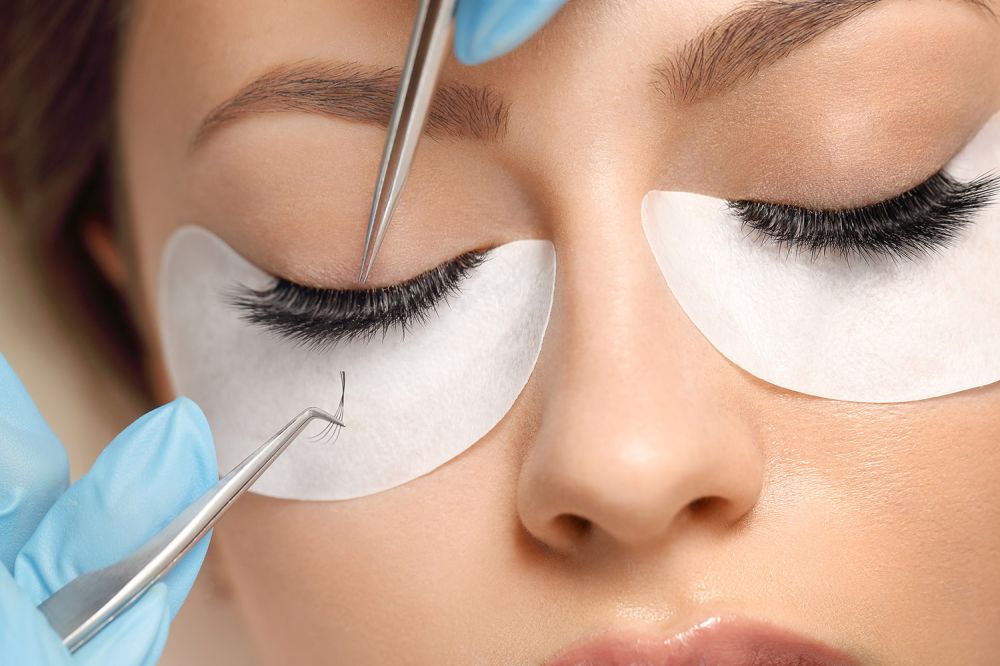
Professional Eyelash Glue: Key Features and Use
In the beauty industry, especially within the niche of eyelash extensions, the adhesive plays a vital role in ensuring safe, effective, and lasting results. The eyelash glue options available on the Stacy Lash website are specifically formulated for professional use and reflect the technical diversity and precision required in this field. From fast-drying formulas to sensitive client solutions, the collection offers a range of choices for certified lash artists.
Types of Eyelash Glue and Their Main Properties
The adhesives featured in this collection vary widely in drying time, viscosity, fume level, retention period, and environmental adaptability. These properties are crucial because they directly influence the speed, precision, and safety of lash application. Some glues dry in less than one second, making them ideal for experienced technicians, while others are formulated for beginners who require a slightly longer bonding window.
Retention time, typically ranging from four to eight weeks, is another key factor. This period depends on the glue's formula, the technician’s skill, and aftercare practices. Stacy Lash provides clear retention estimates and ideal humidity/temperature ranges, which helps professionals choose the most compatible product for their working conditions.
Environmental Factors and Usage Conditions
Eyelash glues are sensitive to both humidity and temperature. Each glue on the site includes technical details about its ideal working environment—such as optimal humidity (often between 40%–70%) and room temperature (usually 68–75°F). Working outside these parameters can reduce bond strength or cause premature curing. For this reason, many salons use hygrometers and humidifiers to create consistent application conditions.
Sensitivity and Safety Considerations
Client comfort and safety are central concerns in eyelash extension work. For clients with sensitivities or a history of mild allergic reactions, Stacy Lash includes options with lower fume levels. These glues generally take slightly longer to dry but significantly reduce the risk of eye irritation. Technicians must balance sensitivity levels with drying speed and retention expectations based on client needs.
Viscosity and Technique Compatibility
The viscosity of glue—whether thin, medium, or thick—affects how the product behaves during application. Thin glues are more fluid and better suited to classic lash applications, while thicker glues offer more control and are often used in volume techniques. The choice of viscosity is usually aligned with the technician’s preferred tools and methods.
Storage, Shelf Life, and Usage Tips
Proper storage is critical for preserving glue effectiveness. The adhesives listed typically have a shelf life of 6 months unopened and 4–8 weeks once opened. Storage recommendations include keeping the bottle in an upright position, away from sunlight and moisture, ideally in an airtight container with silica gel. These steps help prevent early polymerization or changes in viscosity.
Conclusion
For professionals in the lash industry, selecting the right adhesive involves considering a wide range of technical factors—from client sensitivity to room conditions and application technique. The Stacy Lash eyelash glue collection serves as a well-documented, diverse resource, enabling lash technicians to make informed choices based on their individual practice requirements. Rather than offering one-size-fits-all solutions, the site organizes products with transparency, making it easier to identify adhesives that align with specific needs and safety standards.
